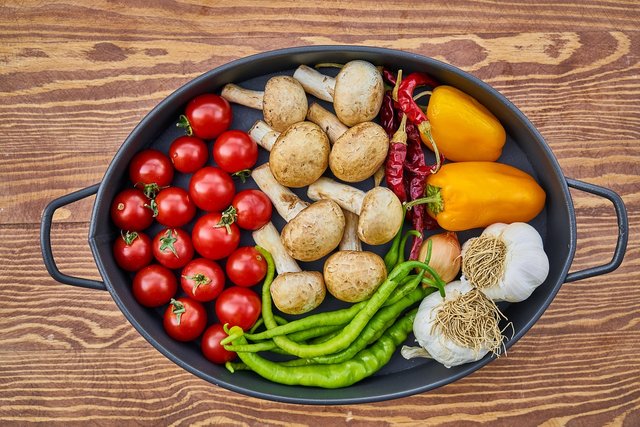Pixels To Plate: Using 3D-Printed Food To Help Reduce Food Waste And More

3D-printed food has come a long way in recent years and today it provides a variety of benefits to the user: automated cooking, mass manufacturing potential, unique intricate designs, and more.
There are a growing number of commercial kitchens and other food industry arenas that have been looking to adopt this technology to improve their business. There have even been pop-up restaurants created, where everything on the menu is made with 3D-printing. And for those who aren't entirely dedicated to the concept, some restaurants have experimented by adding some select 3D-printed items to their menu.
3D printers are being used to print just about any food you can think of. Cookies, cakes, chocolate, pies, pizza, cheese? Whatever you're craving, you can probably print it.

Whether it's helping to save time, effort, or money, or bringing food solutions to parts of the world that struggle with hunger issues from having little access to affordable and fresh food, 3D printers have been helping many people in various ways.
It's also now being suggested that 3D-printed food might help to cut down on food waste worldwide.
One 3D printing service known as Oceanz has recently partnered with an independent growers association from the Netherlands, the cooperative society known as DOOR, to research the potential for using 3D printing to do just that--reduce food waste.
That group has at least 40 members that together have over 520 hectare of greenhouses. The hope is that they will be able to use 3D printing to create items that can be fully consumed, they're aiming for zero waste with 100 percent use of all food products.
But we might still be a long way off from having this technology play a meaningful impact in the reduction of food waste for now, because it comes down to individual choices that consumers are making. And unless a great deal of those consumers are ready to put a 3D printer in their home and start printing their food, less of it so as to reduce waste, we aren't going to see that impact on a greater scale just yet. However, there is the possibility to see a meaningful reduction in food waste as more commercial kitchen spaces and restaurants look to incorporate this technology into their business model.
The new joint venture between the two groups will apparently look at producing new types of food concepts. It's expected that they will announce something relating to their research in the near future.
One food designer working in this area, Chloé Rutzerveld, has used 3D printing to create healthy and functional food, and her Edible Growth future food concept involves creating a living organism, edible food base (see image above), that will eventually grow into a bite-size food portion.
"Edible Growth is a critical design project about the potential use of additive manufacturing in food production. It’s an example of high-tech but fully natural, healthy, and sustainable food made possible by combining natural growth, technology and design".
"Multiple layers of support structure and an edible breeding ground that includes seeds, spores and yeast, are printed according to a personalized 3D file. Within five days the plants and fungi mature while the yeast ferments the solid inside into a liquid. The products intensifying structure, scent and taste are reflected in its changing appearance. Depending on the preferred intensity, the consumer decides when to harvest and enjoy the fresh and nutrient-rich edible."
This technology opens the door for unprecedented control over the texture, nutritional content, color, and flavor of our food. But not everyone is ready just yet, or perhaps they never will be, to switch over to this food alternative. Previous surveys have found that less than 1 in 4 people would consume a 3D-printed food item if they knew that it was created that way.
In a separate survey, which asked Australians about their 3D-printed food opinions, it was found that many viewed this food production method as highly unnatural and assumed that the food would therefore be inedible somehow or unhealthy. Those behind the survey suggest that if the public could be assured of the safety and edibility of these products that can be created this way, that it's likely more will come around to trying them.
Pics:
Pic 1-Pixabay
Pic 2 - FoodInk/Youtube

food is very healthy,good for our health,it is a useful work,@doitvoluntarily
Wow so extraordinary blog I hadn't heard before or I had hear about 3d animation,house but food also comes with 3d technology ok let me see when it launched in Nepal we will also get benefit from it.and thank you for kind info....
It's very helpful for good health.I like it.
If it's printed food would it be edible or even nutritious?
Posted using Partiko Android
It's a great fantastic idea and it's a healthy and healthy meal, good work friend
I must admit that I had never heard food printed in 3D, I have some doubts as to how its textures and taste will be and if they are truly nutritious
Thank you very much dear friend @doitvoluntarily for sharing this news